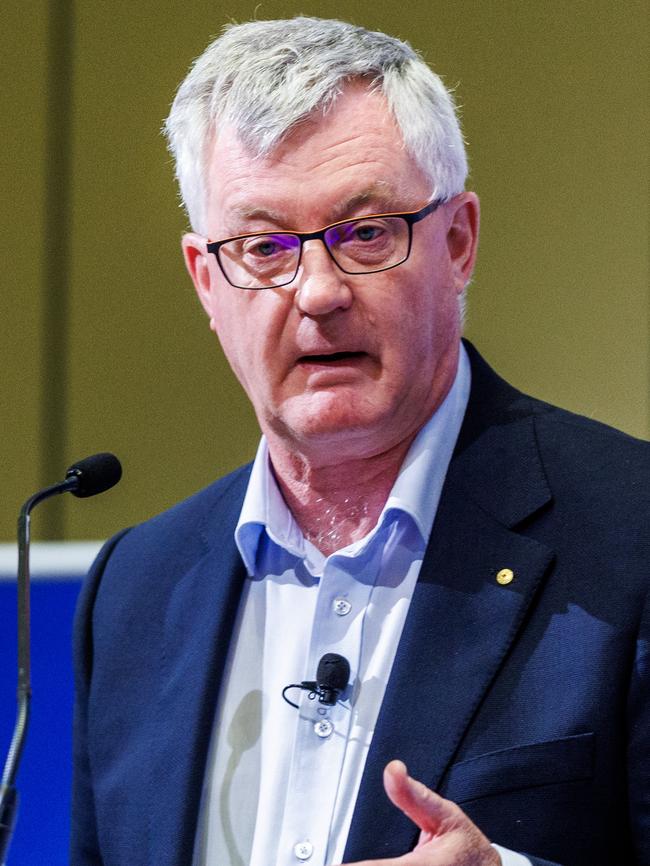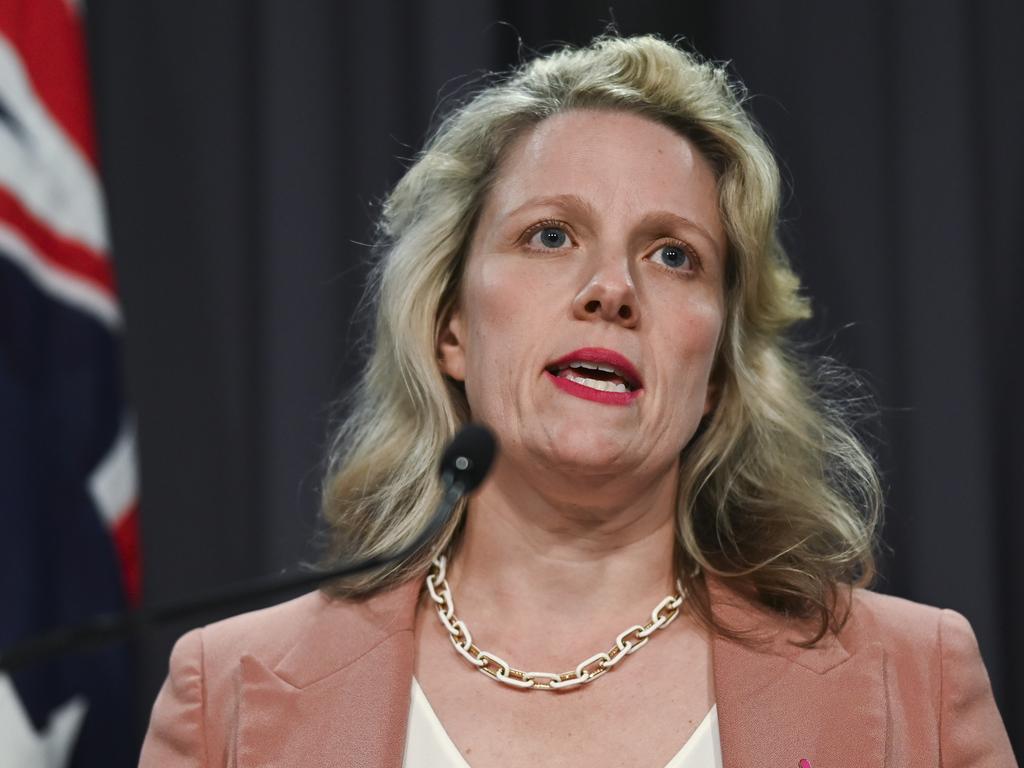Migration review to fast track visa processing for the regions
The government will move to fast track visa processing times for migrants moving to regional Australia and has pledged to work closely with states and territories to ensure population is better targeted over the long term.

The Albanese government will move to fast track visa processing times for migrants moving to regional Australia as it pledged to work closely with the states and territories to ensure population is better targeted over the long term as part of a major shake-up to Australia’s migration system.
The changes – set to be unveiled on Monday as part of Home Affairs Minister Clare O’Neil’s response to the migration review – are designed to meet critical workforce needs in regional Australia and help supercharge regional communities.
However, Labor has ignored calls to limit the use of the working holiday maker program despite concern the scheme is a key driver of exploitation with visa holders previously subject to underpayment, sexual harassment and workplace safety concerns.
The government has instead pledged to conduct a further review of the program and broader migration settings to ensure it “can better meet regional needs while not adding to worker exploitation”.

It comes after an interim migration system review led by former public service chief Martin Parkinson recommended that Labor end the ability for travellers to extend the visa beyond 12 months if the worker has spent 88 days employed in regional Australia.
The review said the primary focus of the visa should be for “cultural exchange” noting the visa plays an important role in some of Australia’s international relationships.
Farming groups have been fiercely opposed to any restrictions being placed on the visa because backpackers had become a critical part of the nation’s food system, while unions have been calling for the scheme to be abolished to protect workers from exploitation.

The government’s response more broadly underscored the need for a co-ordinated approach to workforce needs in the regions with regional Australia’s population forecast to grow by 0.8 per cent per year to 2031-31 compared to 1.2 per cent for capital cities.
It noted 2016 census data which indicated only about 14 per cent of migrants live outside capital cities compared to 34 per cent of the general population despite the range of existing place based policies.
The government also deepened its commitment to increasing skilled migration to help meet labour shortages in regional Australia.
“Migration can play a powerful role in revitalising regional communities and meeting critical workforce needs in regional Australia,” it said. “Regional migration works for migrants and for long-term regional development when supported by the policy levers that make migration successful, such as government planning, infrastructure investment and economic opportunities.”
The Albanese government has also committed to plan the nation’s migration intake over a longer-term horizon with better collaboration with states and territories to ensure it is best targeted to the areas which need it.
Labor will extend its planning period beyond 12 months in a bid to plan most effectively in the national interest and fill critical skills shortages such as in the technology and care economy.

“The existing short term planning approach for the permanent migration program does not effectively target migrants with the skills we need to meet current and emerging national challenges,” the response said. “This is especially important for regional Australia where the challenges that Australia faces as a nation are often experienced more acutely.”
Committee for Economic Development of Australia chief executive Melinda Cilento said Labor’s commitment to long-term migration planning with the states provided a “welcome and critical missing ingredient”.
“This will enable better long-term planning and investment in housing and infrastructure and should send clear signals about the scale and composition of our migration program,” she said.
“As current debates show, this is crucial to maintaining community confidence in and support for our migration system.”





To join the conversation, please log in. Don't have an account? Register
Join the conversation, you are commenting as Logout